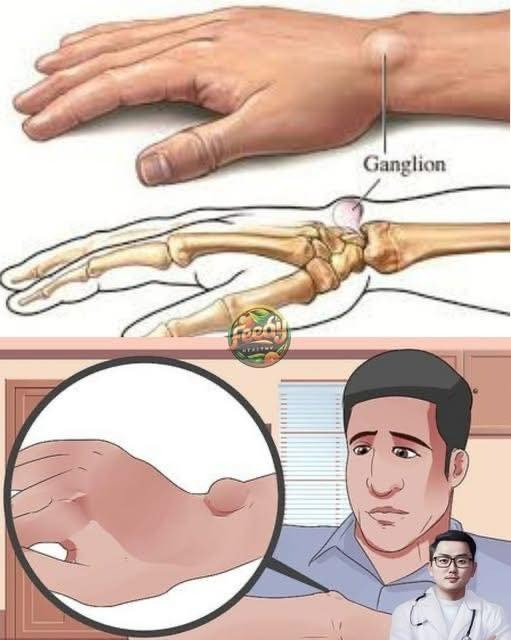🌱 What Are Castor Leaves?
Castor leaves come from the castor oil plant (Ricinus communis) — a tall, fast-growing shrub with:
Palm-like, deeply lobed leaves
Spiky seed pods
Seeds that yield castor oil — a well-known natural laxative and moisturizer
While castor oil is safe when properly processed, the raw plant is not.
Key Facts:
Seeds
⚠️
Extremely toxic
Just 1–2 crushed seeds can be fatal to a child
Leaves & Stems
⚠️
Moderately toxic
Less ricin than seeds, but still dangerous if ingested
Processed Castor Oil
✅
Safe
Heat and processing destroy ricin
❌ Never eat raw castor leaves.
❌ Never boil and drink as tea.
❌ Never use on broken skin without medical guidance.
🌍 Traditional Uses of Castor Leaves Around the World
Despite the risks, castor leaves have been used for centuries — always with cultural wisdom, ritual care, and external application only.
1. Topical Pain Relief (Africa, Caribbean, India)
Warm leaves are placed on arthritis, muscle pain, or swollen joints
Wrapped in cloth and left for hours
Believed to improve circulation and reduce inflammation
🔬 Science says: Some studies suggest castor leaves contain anti-inflammatory compounds like flavonoids and tannins that may support pain relief — but only when used externally and cautiously.
2. Skin Healing for Wounds, Boils, and Ulcers
Crushed leaves applied as a poultice to minor cuts, boils, or infections
Used in some traditions for diabetic foot ulcers — but only under supervision
🔬 Lab studies show: Extracts have antimicrobial and wound-healing properties — but these are not the same as raw leaf application.
⚠️ Warning: Applying to broken skin can allow toxins to enter the bloodstream.
3. Respiratory Relief (Steam Inhalation)
Leaves boiled to release steam — inhaled for coughs or congestion
Sometimes combined with eucalyptus or mint
⚠️ Danger: Never ingest the water. Steam may carry volatile compounds — use with extreme caution, and avoid if pregnant or with lung conditions.
4. Anti-Inflammatory Wraps & Detox Beliefs
Warm leaf wraps believed to “draw out” toxins or reduce swelling
Used for postpartum recovery or liver support in some traditions
🛑 Reality: There’s no scientific evidence that castor leaves “detox” the body. The liver and kidneys do that naturally.
⚠️ Critical Precautions You Must Know
Natural does not mean safe.
🚫 Never:
Eat raw castor leaves or seeds — can cause severe poisoning
Drink castor leaf tea — linked to nausea, vomiting, organ damage, even death
Apply to broken or irritated skin — risk of toxin absorption
Use during pregnancy or breastfeeding — can trigger uterine contractions
Give to children — higher risk of toxicity
✅ Safer Alternatives:
Use commercially prepared castor oil packs (for external use only)
Try heat therapy, turmeric, or arnica for pain and inflammation
Consult a doctor before using any herbal remedy — especially with chronic conditions
🧪 What Science Says About Castor Leaves
Anti-inflammatory
✅ Lab studies show compounds with potential — but human trials lacking
Antimicrobial
✅ Some lab evidence against bacteria and fungi
Wound healing
✅ Animal studies show promise — not yet proven in humans
Detoxification
❌ No evidence — the body detoxes naturally
Internal healing
❌
Strongly discouraged
— high risk of poisoning
💬 Final Thoughts: Honor Tradition — But Protect Your Life
We honor the wisdom of our ancestors.
We respect the plants they used.
We carry forward their healing practices.
But we must also respect the science.
Castor leaves are not a “miracle cure.”
They are a powerful, dual-natured plant — capable of both soothing and harming.
So if you’re considering using them…
Ask yourself:
“Am I doing this safely?”
“Do I understand the risks?”
“Have I consulted a healthcare provider?”
Because sometimes, the difference between “natural remedy” and “medical emergency”…
Isn’t in the leaf.
It’s in the decision.
And once you choose wisely?
You honor tradition — without risking your life.
